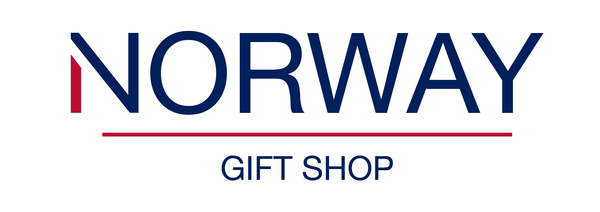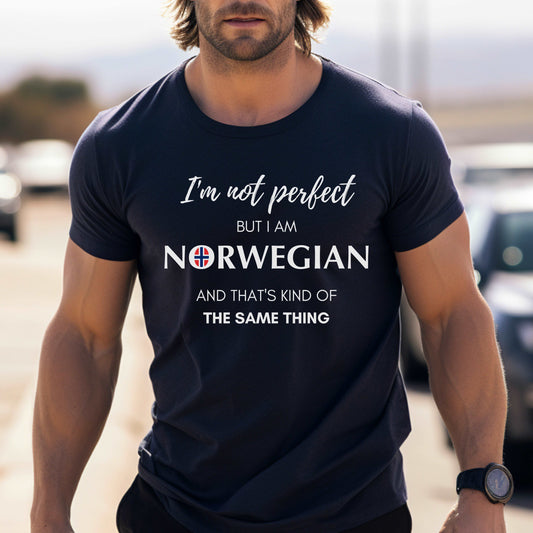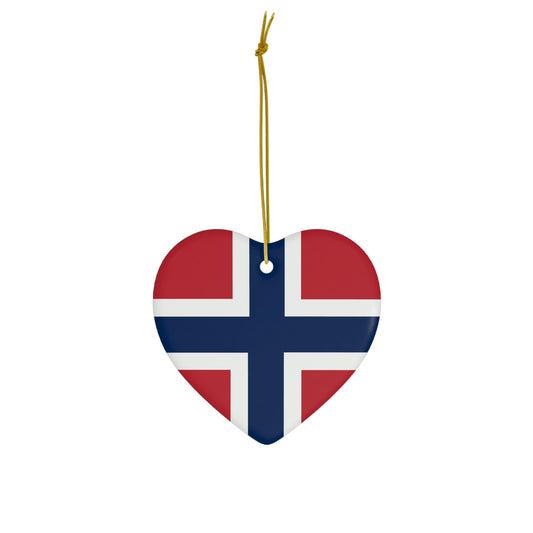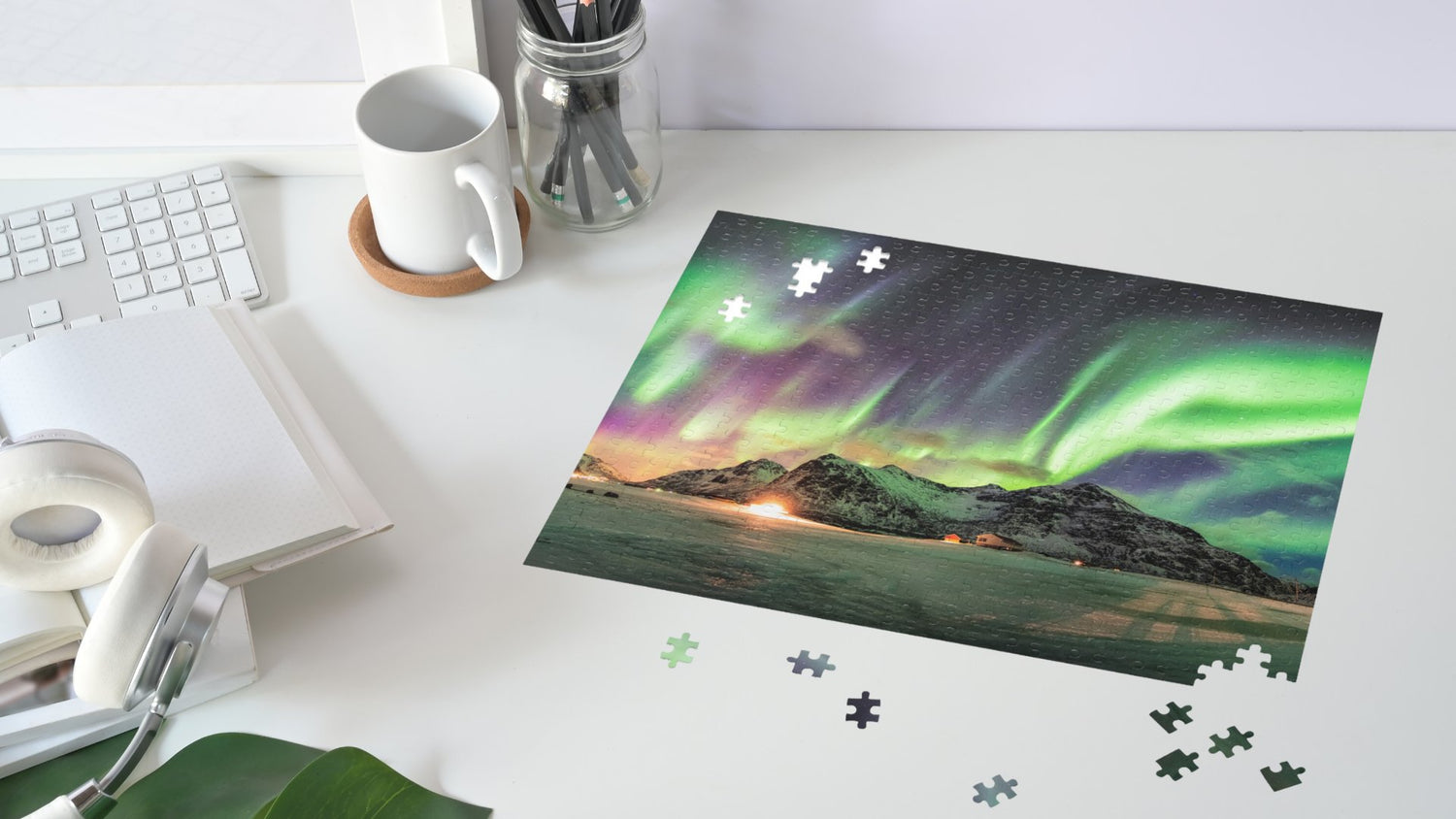
Step into a world of ancient gods, epic sagas, and legendary tales as we embark on a journey to unlock the mysteries of Norse mythology. For centuries, the captivating stories of the Norse pantheon have fascinated and enchanted both scholars and curious minds alike. With its rich tapestry of gods and goddesses, fearsome beasts, and heroic warriors, Norse mythology offers a glimpse into a mythical realm unlike any other. In this article, we will delve deep into the realms of Asgard and Midgard to explore the origins and characteristics of the Norse gods and goddesses. We will uncover the legends of Odin, the Allfather, and his mighty son Thor, god of thunder. We will immerse ourselves in the dramatic tales of Loki, the mischievous shape-shifting trickster, and the fierce Valkyries who guide fallen warriors to Valhalla. But Norse mythology is not just about gods and heroes – it also encompasses captivating sagas that shed light on Viking culture and their way of life. We will unravel the gripping stories of love, betrayal, and adventure, such as the tale of Sigurd the Dragon Slayer and the legendary hero Beowulf. Prepare to be captivated by the enchanting world of Norse mythology and discover why these stories continue to resonate with audiences today.
Overview of Norse gods and goddesses

Norse mythology is brimming with a diverse pantheon of gods and goddesses, each with their own unique powers and characteristics. At the center of this divine hierarchy is Odin, the Allfather, known as the god of wisdom, war, and poetry. With his piercing eye and ravens, Huginn and Muninn, who bring him information from the Nine Realms, Odin is a figure of great knowledge and power.

Thor, the god of thunder, is perhaps one of the most well-known Norse deities. With his mighty hammer, Mjolnir, he protects Asgard from the giants and other threats. Thor's strength and bravery make him a beloved figure in Norse mythology.

Loki, the cunning trickster, is both a friend and a foe to the gods. Known for his shape-shifting abilities and his mischievous nature, Loki often finds himself at the center of dramatic and sometimes tragic events. His actions lead to both great triumphs and devastating consequences for the gods and mortals alike.
These are just a few examples of the fascinating gods and goddesses that populate the Norse pantheon. Each deity plays a crucial role in the intricate web of Norse mythology, and their stories continue to captivate audiences to this day.
Mythical creatures in Norse mythology

Norse mythology is also home to a wide array of mythical creatures, from fearsome beasts to magical beings. Among them is Jormungandr, the gigantic serpent that encircles the world and is destined to bring about Ragnarok, the end of the world.

Fenrir, the monstrous wolf, and Sleipnir, Odin's eight-legged horse, are also prominent figures in Norse mythology.

The dwarves, skilled craftsmen and creators of powerful artifacts, are another important part of the Norse mythological landscape. From Mimir, the wise being who guards the well of knowledge, to the mischievous and cunning Alvis, these creatures add depth and complexity to the Norse mythological universe.

The giants, on the other hand, are often portrayed as adversaries of the gods. From the frost giants of Jotunheim to the fire giants of Muspelheim, these powerful beings test the strength and resolve of the gods in epic battles and conflicts.

The Nine Realms of Norse mythology

In Norse mythology, the universe is divided into nine realms, each with its own distinct characteristics and inhabitants. At the center of the cosmos is Asgard, the realm of the gods, where Odin and his kin reside. Asgard is connected to the other realms by the Bifrost, a rainbow bridge that allows passage between worlds.
Midgard, the realm of humans, is located in the middle of the Nine Realms. It is here that the mortal heroes and warriors of Norse mythology reside. Midgard is often depicted as a place of great beauty and danger, where humans must navigate the challenges of life and face the threats posed by the giants and other mythical creatures.
Other realms include Jotunheim, the land of the giants, and Niflheim, a realm of ice and mist. Helheim is the realm of the dead, ruled by the goddess Hel, while Svartalfheim is the domain of the dark elves. These realms, along with Alfheim, Vanaheim, and Muspelheim, each contribute to the rich tapestry of Norse mythology.
Famous Norse sagas and epic poems

In addition to the gods and mythical creatures, Norse mythology is also known for its captivating sagas and epic poems. These stories, passed down through generations, provide valuable insights into Viking culture and their way of life.
One of the most famous sagas is the tale of Ragnar Lodbrok, a legendary Viking hero. This saga follows Ragnar's exploits as he raids and conquers distant lands, becoming a symbol of Viking prowess and ambition. The saga of Grettir the Strong, another notable figure in Norse mythology, tells the story of a heroic outlaw who faces supernatural challenges and battles against both human and mythical foes.
The epic poem Beowulf, although not exclusively Norse in origin, is often associated with Viking culture and mythology. It follows the adventures of the hero Beowulf as he battles monstrous creatures and protects his people from harm. This epic poem showcases the values and ideals of the Viking society, such as bravery, loyalty, and the pursuit of glory.

Viking mythology and folklore
Norse mythology is deeply intertwined with Viking culture and folklore. The Vikings, known for their seafaring prowess and exploration, believed in a pantheon of gods and goddesses who influenced every aspect of their lives. They sought the favor of these deities through rituals, sacrifices, and offerings, believing that their actions would shape their destinies.

Viking folklore is filled with tales of supernatural beings and magical objects. The Norns, for example, are female beings who control the destinies of all creatures. They are responsible for weaving the threads of fate and determining the length and quality of each individual's life. The mead of poetry, a magical drink that grants the gift of poetic inspiration, is another important element in Viking mythology.
The Vikings also believed in the power of symbols and runes. Runes, ancient letters used for writing and divination, held great significance in Norse culture. They were believed to possess magical properties and were often inscribed on weapons, jewelry, and other objects for protection and good fortune.

Influence of Norse mythology on modern culture

The impact of Norse mythology on modern culture is far-reaching and continues to resonate with audiences today. From literature and art to movies and video games, the influence of Norse mythology can be seen in various forms of media.
One notable example is J.R.R. Tolkien's "The Lord of the Rings" trilogy, which drew inspiration from Norse mythology and folklore. The character of Gandalf, for instance, shares similarities with Odin, both being wise and powerful figures who guide and protect the heroes.
Marvel Comics also embraced Norse mythology in their portrayal of Thor and other Norse gods in their comic book universe. The success of the Marvel Cinematic Universe further popularized these characters, bringing Norse mythology to a wider audience.
In the gaming world, titles like "God of War" and "Assassin's Creed: Valhalla" immerse players in the world of Norse mythology, allowing them to experience the epic battles and mythical creatures firsthand.

The significance of runes in Norse mythology

Runes, as mentioned earlier, hold great significance in Norse mythology. They are not only a form of writing but also a means of divination and magical protection. Each rune has its own distinctive shape and meaning, reflecting different aspects of life and the natural world.
The runic alphabet, known as the Futhark, consists of 24 characters, each associated with a specific sound and concept. Runes were often used in rituals and spellcasting, as well as for everyday communication and record-keeping.
The act of carving runes into objects, such as weapons or amulets, was believed to imbue them with magical properties. Warriors would inscribe runes on their weapons to enhance their strength and ensure victory in battle. Similarly, runes were used for protection, healing, and divination, providing guidance and insight into the future.

Exploring the symbolism in Norse mythology
Norse mythology is rich in symbolism, with many of its gods, creatures, and objects representing deeper meanings and concepts. The World Tree, Yggdrasil, for example, is a central symbol in Norse mythology, connecting the Nine Realms and serving as a bridge between the divine and mortal worlds.
The hammer Mjolnir, wielded by Thor, symbolizes strength, protection, and the power to defend against evil forces. The Valknut, a symbol of three interlocking triangles, represents Odin's connection to the Valkyries and their role in guiding fallen warriors to Valhalla.
The wolf Fenrir, on the other hand, embodies chaos and destruction, while the serpent Jormungandr represents the cyclical nature of life and the inevitability of Ragnarok.
By understanding the symbolism in Norse mythology, we can gain deeper insights into the values, beliefs, and worldview of the ancient Norse people.

Conclusion: Why Norse mythology continues to captivate audiences today
Norse mythology holds a timeless allure that continues to captivate audiences across the globe. Its rich tapestry of gods and goddesses, mythical creatures, and epic sagas offers a glimpse into a world of wonder and imagination. The stories of Odin, Thor, Loki, and other Norse deities resonate with us because they explore universal themes of love, sacrifice, courage, and the eternal struggle between good and evil.
Furthermore, the influence of Norse mythology on modern culture is undeniable. From literature and art to movies and video games, Norse mythology has left an indelible mark on our collective imagination.
So, step into the enchanting world of Norse mythology and unlock the mysteries that lie within. Discover the gods and goddesses, explore the sagas and epic poems, and uncover the depth and symbolism hidden in these ancient tales. Norse mythology is a treasure trove of wisdom and inspiration, and its enduring appeal ensures that these stories will continue to enthrall and inspire for generations to come.












